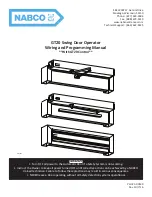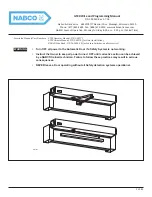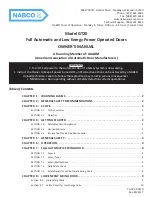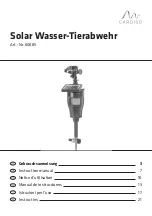
21-5400-7D0001/-
05/2023-EHT-466854
Notice Technical data subject to change without notice.
No claims for damage arising from alternations, errors or misprints shall be allowed.
Page 15 / 40
Step 5: Select the appropriate outer jacket material
BARTEC self-regulating trace heaters are available with 2 different types of outer jackets. Choose the outer jacket that suits the chemical envi-
ronment it will be exposed to. For questions regarding the chemical resistance please contact your local BARTEC distributor.
Table E: Chemical resistance of outer jackets
Application
Catalog No.
Type key (example)
Polyolefin outer jacket
exposure to aqueous. inorganic chemicals
…-CR
07-5853-733
P
(PSB only)
Fluoropolymer outer jacket
exposure to organic chemicals
…-CT
07-5853-733
F
(PSB)
07-5854-730
F
(MSB)
→ Example
Trace heating systems for process applications in the oil industry: fluoropolymer outer jacket
Trace heater catalog no. that meets the required power output and environmental conditions: 10PSB2-CT. Type 07-5853-733F
Determination of the required trace heater length
The total required trace heater length is determined by taking into account the trace heater length for piping as well as allowances for valves.
pumps. flanges. pipe supports and connection kits.
Step 6: Determine the required trace heater length for the piping:
The required trace heater length for piping corresponds to the pipe length.
→ Example
50 m of piping = 50 m of trace heater
Step 7: Determine the required allowance for connection kits:
The required trace allowance for connection kits is 0.5 m for each kit.
→ Example
Heating circuit with 1 power connection kit and 1 end of line lamp
The total required allowance is calculated as follows:
total required allowance = no. of connection kits × 0.5 m
= 2 × 0.5 m
= 1.0 m
allowance for valves,
pumps and flanges
allowance for
pipe supports
trace heater
on piping
allowance for
connection kits
















































